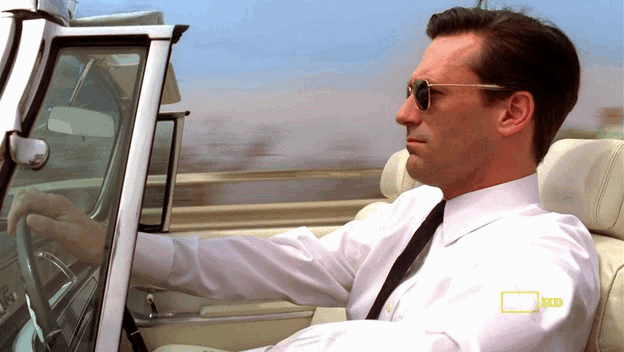Save 50% on a 3-month Digiday+ membership. Ends Dec 5.
Cash-strapped young ad agency staffers moonlight as Uber drivers to make ends meet

Last year, after receiving an advertising degree from the University of San Francisco, Austin Sacks moved to Los Angeles, a city bustling with ad agencies, to begin his career. But he soon realized he wasn’t going to make ends meet on a starting salary.
After months of looking for work, Sacks, 23, landed a job as a market research and account executive assistant at ad agency Pulsar, a role that paid LA’s minimum wage — $10.50 an hour — even though he was working around 30 hours a week. In car-happy LA, it was barely enough to cover his gas.
The financial stress pushed Sacks to work part time as an Uber and Lyft driver. By driving 30 to 40 hours a week, he earns an additional $400 to $600, more than the $315 a week he initially received at Pulsar. A few months ago, he got a raise to $14 an hour, but says he still needs to lean on a second job. “It’s a really disgusting dance with my bank account,” he said.
Sacks isn’t the only one in this situation. Advertising professionals, mostly those starting out in the industry, often have to supplement their incomes with second jobs. With the rise of the sharing economy, a popular choice is to work for ride-hailing services like Uber and Lyft.
Abel Jimenez began driving for Uber when he was in between jobs in the summer of 2016. But even when he became an account coordinator at a small agency in San Francisco that August, earning $37,000 a year, he discovered he would still have to drive on the side to make his finances work. “The bucks weren’t coming in the way I thought they would be,” he said. So from 6 a.m. to 11 a.m., before his work day, he would drive people around, earning an extra $100 a day.
A year later, Jimenez, 25, is now an account executive at Young & Rubicam in San Francisco, making $55,000 a year. Driving for Uber has become less of a necessity, but he still works a second job during weekends to earn extra dollars. He chose to leave Uber in August after learning the company was keeping wages from its drivers, opting to drive for Eaze, a service that delivers medical cannabis goods, like body scrubs and candy, to people in the Bay Area.
Jimenez said driving has helped him better relate to different types of people. “Driving people around all day makes you more self-aware of how you approach people you work with,” he said. “When you’re driving people, you are catching people at different points of life. Some people don’t feel like talking; others can’t stop asking questions.”
Ad position: web_incontent_pos1
But not all young professionals can work for an Uber or Lyft, even if they’d like to. For one, you have to own a car, which is rare in some cities like New York. “I feel privileged because I have a car,” said Jimenez. “Not everybody is fortunate enough to work in the gig economy.”
Others simply don’t have the time. One young millennial, who wishes to remain anonymous, works as a senior specialist at an ad agency and said they would like to supplement their income by driving for Uber, Lyft or another ride-hailing service, but they don’t have enough time to do so.
“We work too late and too long to have side jobs,” said this person, who works up to 60 hours a week and earns a $50,000 salary. “I feel like I should get paid way more, but I’m already so exhausted from this job I would cry if I had to work a second one.”
More in Marketing

Ulta, Best Buy and Adidas dominate AI holiday shopping mentions
The brands that are seeing the biggest boost from this shift in consumer behavior are some of the biggest retailers.

U.K. retailer Boots leads brand efforts to invest in ad creative’s data layer
For media dollars to make an impact, brands need ad creative that actually hits. More CMOs are investing in pre- and post-flight measurement.

‘AI is permeating everything we do’: How Guitar Center developed 2 AI tools this year
This summer, the company launched a chatbot called Rig Advisor to help customers find the right instruments and products.
Ad position: web_bfu



